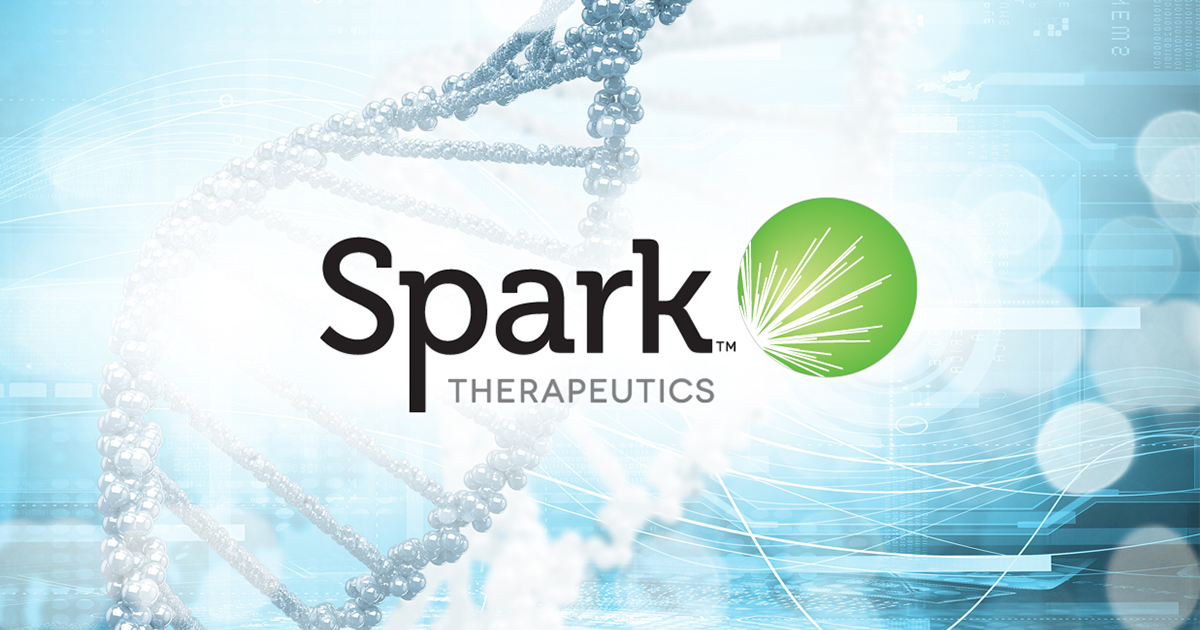Putting a Price on FDA’s Nod to Spark Therapeutics

With the unanimous endorsement from a Food and Drug Administration advisory committee that Spark Therapeutics’ Luxturna gene therapy for biallelic RPE65 mutation-associated retinal dystrophy should receive full FDA approval, Wall Street is already speculating about pricing of the new treatment.
Last week the FDA’s Cellular, Tissue, and Gene Therapies Advisory Committee voted 16-0 to recommend full FDA approval for Luxturna (voretigene neparvovec) for the indication. Spark was assigned a Prescription Drug User Fee Act (PDUFA) date of January 12, 2018 for Luxturna, which has already received orphan drug, breakthrough therapy, and rare pediatric disease designations from FDA.
The advisory committee’s recommendation is based on Luxturna’s clinical development program, which includes the first completed randomized, controlled Phase III gene therapy clinical trial ever conducted for a genetic disease. In the original Phase III intervention group, participants age 4 to 44 years on average maintained the functional vision and visual function improvements demonstrated 30 days after Luxturna administration through their last annual follow-up visit.
However, the advisory committee’s review did have one cautionary note. As EndPoints News reported, the agency’s review did find Luxturna improved sight using the light levels measured for the primary endpoint, but fell far short of curing retinal dystrophy triggered by RPE65 mutations. Results may also vary based on the number of viable retinal cells a recipient has left upon receiving treatment, the review document noted. The FDA advisory committee’s briefing document is available here.
Although the advisory committee vote is non-binding, it is an indication that the full FDA panel will favorably view the application.
So What’s It All Worth?
Assuming the FDA grants approval in January, the next detail to work out will be the price. “The price of Luxturna has not yet been determined,” Spark corporate communications head Monique da Silva tells OIS Weekly. “We are committed to helping ensure patients and their families have access to our gene therapies if they are approved. We’re looking at programs that help offset out-of-pocket costs and help cover travel costs to treatment centers.”
EndPoints News estimates that one-time costs for gene therapy often hover around the $1 million mark. But other gene therapies require multiple treatments, and Luxturna is a one-time treatment. Spark CEO Jeffrey Marrazzo told EndPoints that offering an alternative model is difficult given the nuances of insurance coverage.
Marrazzo told Reuters that a benchmark may be the price of drugs for other ultra-rare diseases, such as Pompe disease, Hunter syndrome, and paroxysmal nocturnal hemoglobinuria, which can range from $300,000 to $600,000 a year or more. Again, those are drugs that are typically administered repeatedly.
Reuters reported that analysts predict Luxturna would generate annual sales of $400 million or more per year by 2021. In an analyst’s note quoted by Philly.com, Phil Nadeau of Cowen predicted that Spark sales would hit $100 million next year and reach $650 million in 2022.
Biallelic RPE65 mutation-associated retinal dystrophy affects about 3,500 people in the US and Europe. The clinical diagnoses of RPE65-related retinal disease include Leber congenital amaurosis (LCA), retinitis pigmentosa, severe early childhood onset retinal dystrophy (SECORD), tapetal retinal dystrophy-LCA type, or delayed retinal maturation, among others.
